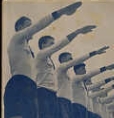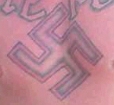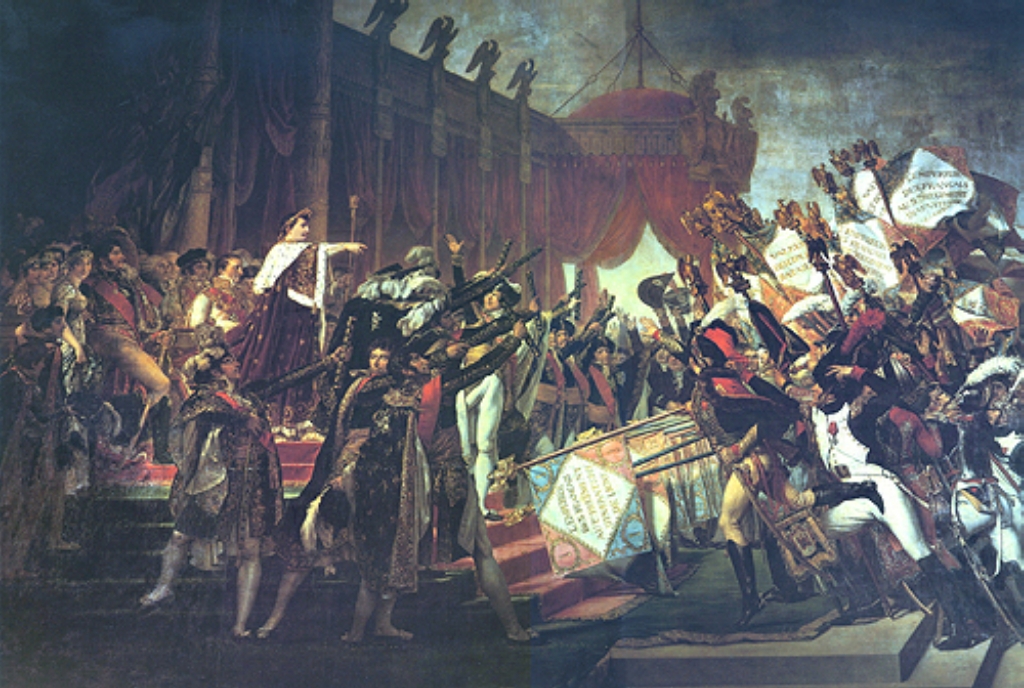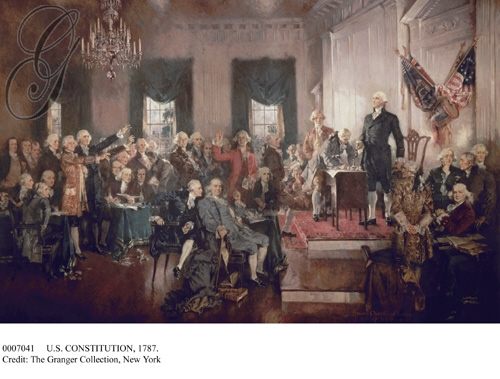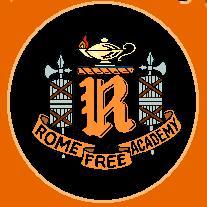You should enjoy the following esoteric points that are known to almost
no one. They are virtually unknown due to misrepresentations spread
by wikipedia/wakipedia, the anonymous bulletin board masquerading as an encyclopedia
(It is odd that people cite wikipedia, in that for it to be
cited "intelligently"(?) one would have to include the date and exact
time cited in that wakipedia changes by the milisecond, and is often changed
deliberately to contradict the very reason someone cited it. By citing
the date and exact time it might be possible for a reader to view the history
of
changes and find the actual article cited as it existed at that point
in time).
The top esoteric point to be made here is a rebuttal of the bonehead
who posted on wakipedia that the Jacques-Louis David painting "Oath of
the Horatii" is
the origin of the stiff-armed salute. Lots of people repeat that
mindlessly because they see it on wakipedia.
The bonehead who originally posted the horatii lie did it in an effort
to cover-up discoveries by the noted symbologist Dr. Rex Curry concerning
the pledge of allegiance as the origin of the stiff-armed salute. It is
interesting to note that the wakipedia comment about the horatii claim never
explains that the pledge use of the gesture did not come from the horatii
painting, rather the pledge’s use came from the military salute extended
out toward the flag. That and other points are examples of the deliberateness
of misrepresentation in the wakipedia posts, intended to mislead people
into believing that Francis Bellamy (author of the Pledge of Allegiance)
was inspired by the David painting, when there is no evidence at all of
that, just the opposite.
Wikipedia liars also never mention that government schools required the
salute and Bellamy's chanting by law daily for three decades (and
persecuted anyone who refused) before German National Socialists did
the same, because they want everyone to believe it was simply the Horatii
painting that inspired German socialsists, and there was no impact from
the USA's government schools that required the salute and Bellamy's chanting
by law
daily for three decades (and persecuted anyone who refused). To the liars,
the Bellamy/pledge activity was of no import and is meaningless, whereas
the
horatii painting explains everything, even though no one (e.g. Hitler,
Bellamy, David) mentions it at all in regard to any "roman salute gesture."
Even Jaques-Louis David never used the term "Roman salute" as the concept
of a "Roman salute" did not even exist during David's life (check the etymology
of the
term "Roman salute" -a check that is glaringly never referenced by wakipedia
nor by anyone who repeats the Horatii myth -the myth that the "Roman salute"
concept came from the painting "Oath of the Horatii." There is more in
a link below).
The Roman myth came from the Pledge of Allegiance.
Francis Bellamy never used the term "Roman salute" as the term did not
exist at the time he wrote the pledge, and he did not reference David,
and he specifically explained how the salute developed: the pledge began
with a military salute that was then extended out toward the flag. Bellamy
did not even intend for the palm do be down, but in practice it became
palm down due to the disinterest of children forced to perform the robotic
daily chanting (they merely extended the military salute out toward the
flag, without turning the palm up). It had nothing to do with any "Roman
salute" myth, because the myth did not exist at the time that Bellamy wrote
the pledge and for some time thereafter. The "Roman salute" myth
came from the Pledge of Allegiance, not vice versa. There is more on that
topic in one or more of the links below (for example, Francis Bellamy grew
up in Rome, N.Y., where, believe it or don't, people referred to themselves
as "Romans," and sometimes they do today).
The Horatii myth (that the "Roman salute" came from the painting "Oath
of the Horatii") exists because liars on wakipedia used to claim that
the salute actually was an ancient Roman salute (and lots of people repeated
that myth and still do repeat that myth because of wakipedia and because
they haven't been updated on the newer Horatii lie on wakipedia). Dr. Curry
pointed out the cupidity of the wakipedians and the falsity of the Roman
salute myth to the point that it became so embarrassingly obvious that they
could not persist in re-posting the ancient Roman salute myth any longer,
and they could not dispute Dr. Curry’s discoveries that the stiff-arm salute
came from Francis Bellamy's use of the military salute extended toward the
flag. The wikipedia liars deliberately looked for another explanation, in
an effort to pre-date Bellamy as the source. The liars on wakipedia saw
the Horatii painting, saw people with their arms extended outward in the
painting, and they fabricated and substituted the "Horatii myth" for their
"ancient Roman salute myth ("substitute" is an accurate word because they
did the same thing when they claimed that the stiff-armed salute actually
was an ancient Roman salute: they would pick out any artistic representation
from ancient Rome that showed any person with his arm in the air, and they
would declare that to be the "Roman salute" (they have done the same now
with the Horatii painting)).
Anyway, now you know some things that are essentially not known to almost
anyone else on the planet.
Here is an article recently sent to another boob who repeated the Horatii
myth because of wakipedia (it repeats some of the points above).
This is posted to correct errors in the January 18, 2008 article "Questions
Answered: Roman salutes..."
The USA's Pledge of Allegiance was the origin of the salute adopted later
by the National Socialist German Workers Party.
Wikipedia (Wakipedia) has spread the lie that the gesture came from the
Jacques Louis-David painting Oath of the Horatii. That myth
originated on wakipedia in an effort to cover-up the discoveries of the
noted symbologist Dr. Rex Curry. Even David never used the term
"Roman salute" as the concept of a "Roman salute" did not even exist
during David's life (check the etymology of the term "Roman salute" -a
check that is glaringly never referenced by wakipedia nor by anyone who
repeats the Horatii myth). The Roman myth came from
the Pledge of Allegiance.
Francis Bellamy never used the term "Roman salute" as the term did not
exist at the time he wrote the pledge, and he did not reference David,
and he specifically explained how the salute developed: the pledge began
with a military salute that was then extended out toward the
flag. Bellamy did not even intend for the palm do be down, but in practice
it became palm down due to the disinterest of children forced to
perform the robotic daily chanting (they merely extended the military
salute out toward the flag, without turning the palm up).
The Pledge of Allegiance was the origin of the Nazi salute (and the swastika
-although an ancient symbol- was used to represent crossed
S-shapes for "socialism" under the National Socialist German Workers
Party).
Francis Bellamy (cousin of author Edward Bellamy) was a socialist in
the Nationalism movement and authored the Pledge of Allegiance
(1892), the origin of the stiff-armed salute adopted much later by the
National Socialist German Workers Party. See the work of the
symbologist Dr. Rex Curry. http://rexcurry.net/pledge2.html
The early pledge began with a military salute that was then extended
out toward the flag. In practice, the second gesture was performed
palm-down with a stiff-arm when the military salute was merely pointed
out at the flag. Thus, the military salute led to the Nazi salute in
the Pledge of Allegiance to the flag of the United States. http://rexcurry.net/pledge_military.html
It was not an ancient Roman salute. That is a myth debunked by Dr. Curry,
who showed that the myth came from the Pledge.
http://rexcurry.net/roman-salute-oxford-english-dictionary.html
Another explanation for the "Roman salute" myth is here http://rexcurry.net/bookchapter1a1f.html
American national socialists (including Edward Bellamy), in cooperation
with Madame Blavatsky and the Theosophical Society,
popularized the use of the Swastika (an ancient symbol) as a modern symbol
for socialism long before the symbol was adopted by the National
Socialist German Workers Party (Nazis) and used on its flag.
http://rexcurry.net/book1a1contents-swastika.html
See also
http://rexcurry.net/45th-infantry-division-swastika-sooner-soldiers.html
The Bellamys influenced the National Socialist German Workers Party and
its dogma, rituals and symbols (e.g. robotic collective chanting
to flags; and the modern use of the swastika as crossed S-letters for
"Socialism" under German National Socialism). Similar alphabetical
symbolism was used under the NSDAP for the "SS" division, the "SA," the
"NSV," et cetera and similar symbolism is visible today as the
VW logo (the letters "V" and "W" joined for "Volkswagen").
http://rexcurry.net/bookchapter4a1a2a1.html
The Bellamys wanted the government to take over all food, clothing, shelter,
goods and services and create an "industrial army" to impose
their "military socialism." See the video documentary at http://www.youtube.com/watch?v=BssWWZ3XEe4
It is the same dogma that led to the socialist Wholecaust (of which the
Holocaust was a part): ~60 million killed under the former Union
of Soviet Socialist Republics; ~50 million under the Peoples' Republic
of China; ~20 million under the National Socialist German Workers'
Party. http://rexcurry.net/socialists.html
Today, the flag symbolizes authoritarianism in the USA. The historical
facts above explain the enormous size and scope of government today,
and the USA's police state, and why it is growing so rapidly. They
are reasons for minarchy: massive reductions in government, taxation,
spending and socialism.
|
